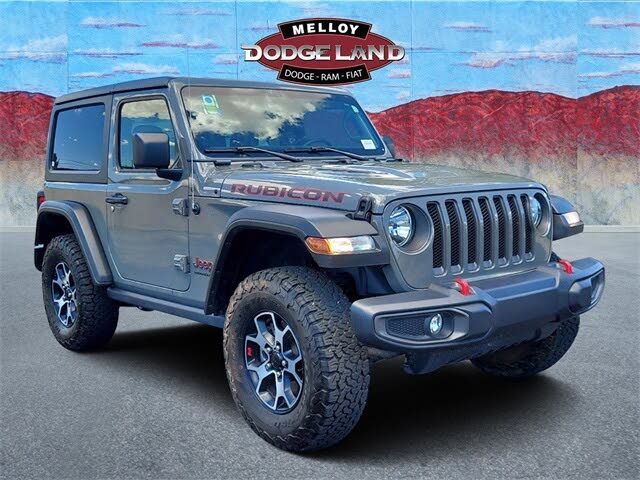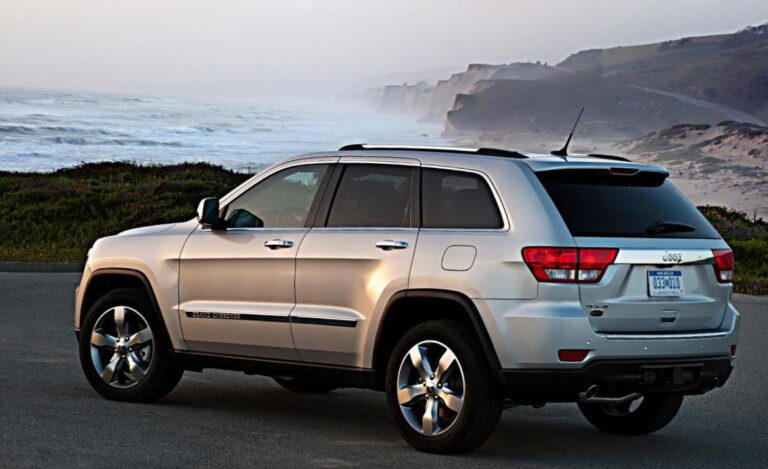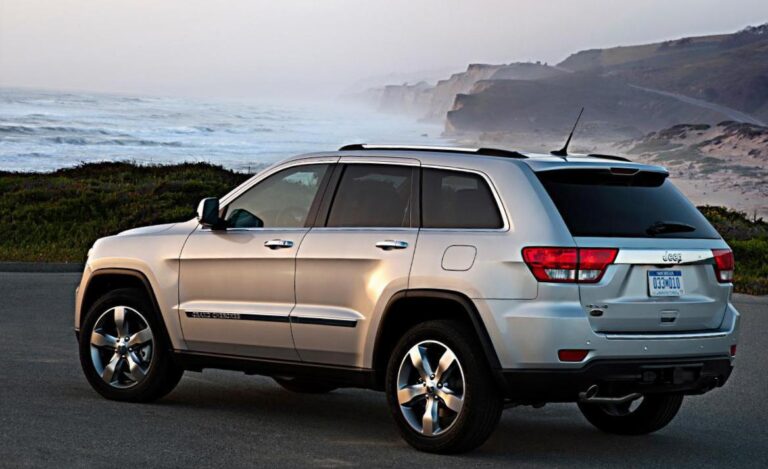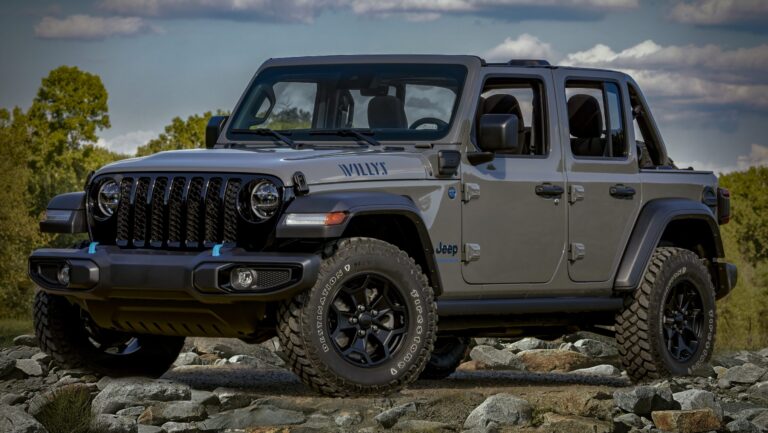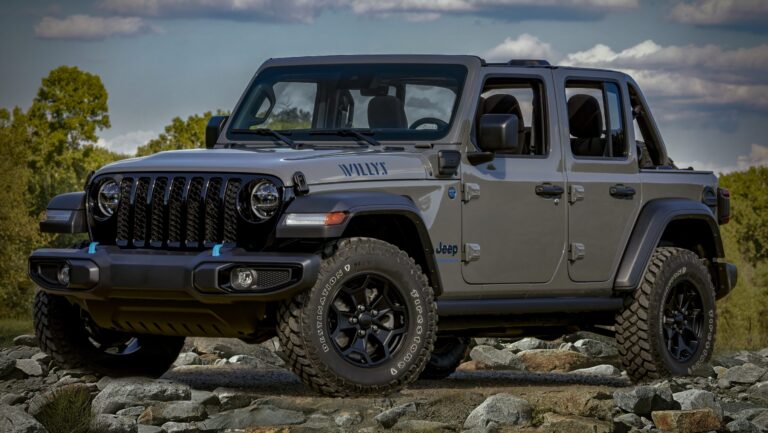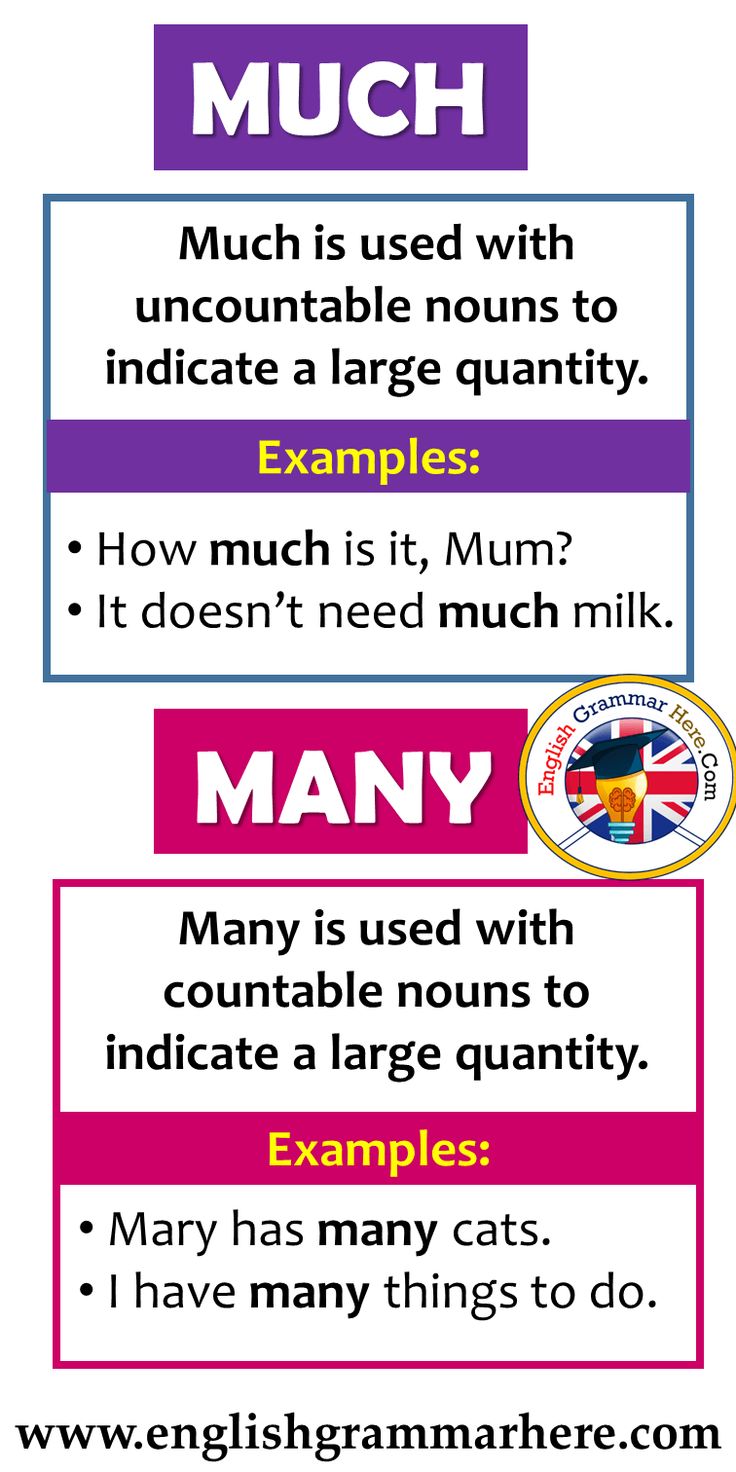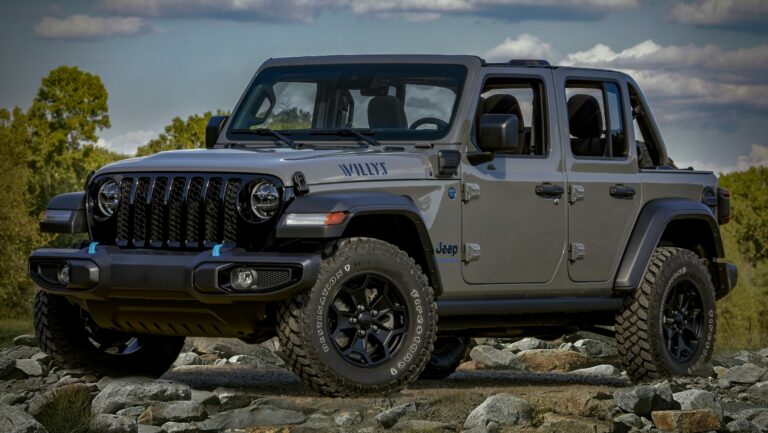Used Trucks Or Jeep Wrangler For Sale: Your Ultimate Buying Guide
Used Trucks Or Jeep Wrangler For Sale: Your Ultimate Buying Guide jeeps.truckstrend.com
In the vast landscape of pre-owned vehicles, few categories capture the imagination and offer as much versatility as used trucks and the iconic Jeep Wrangler. For many, the choice between these two stalwarts of the automotive world isn’t just about transportation; it’s about lifestyle, capability, and personal expression. Whether you’re a tradesperson needing a workhorse, an outdoor enthusiast craving adventure, or a family seeking practical utility, the allure of a used truck or a Jeep Wrangler is undeniable.
This comprehensive guide aims to navigate the intricacies of buying a used truck or a Jeep Wrangler, offering insights into their distinct advantages, potential challenges, and crucial considerations to help you make an informed decision. We’ll delve into what makes each vehicle type unique, how they stack up against each other, and provide actionable advice to ensure you drive away with the perfect vehicle for your needs and budget.
Used Trucks Or Jeep Wrangler For Sale: Your Ultimate Buying Guide
The Allure of Used Trucks: Versatility Meets Utility
Used trucks offer an unparalleled blend of utility, power, and versatility, making them a cornerstone of the American automotive landscape. From hauling construction materials to towing a boat for a weekend getaway, a truck’s capabilities are diverse and robust.
Key Information and Benefits:
- Unmatched Practicality: Trucks excel in towing and hauling. Their open beds provide ample space for cargo that wouldn’t fit in an enclosed SUV or car, from landscaping supplies to furniture.
- Variety of Configurations: The used truck market is incredibly diverse. You’ll find full-size trucks like the Ford F-150, Ram 1500, and Chevrolet Silverado 1500; mid-size options such as the Toyota Tacoma, Chevrolet Colorado, and Ford Ranger; and heavy-duty models like the Ford Super Duty or Ram 2500/3500 for serious work. Each comes with various cab styles (regular, extended, crew) and bed lengths to suit different needs.
- Robust Construction: Trucks are built tough, designed to withstand demanding tasks. Their body-on-frame construction contributes to durability and off-road capability, even for models not specifically designed for extreme trails.
- Family-Friendly Options: Modern crew cab trucks offer spacious interiors with four full doors, making them comfortable family vehicles that don’t compromise on utility.
- Customization Potential: While not as overtly "lifestyle" oriented as a Wrangler, trucks can be extensively customized for work (toolboxes, utility beds), off-road performance (lift kits, bigger tires), or aesthetics.

Important Considerations:
- Fuel Economy: Larger engines and heavier frames often translate to lower fuel efficiency, especially in full-size and heavy-duty models.
- Maneuverability and Parking: Their sheer size can make navigating tight urban spaces and parking lots challenging.
- Ride Comfort: While modern trucks have vastly improved, some models, especially older heavy-duty ones, might offer a firmer ride compared to passenger cars.
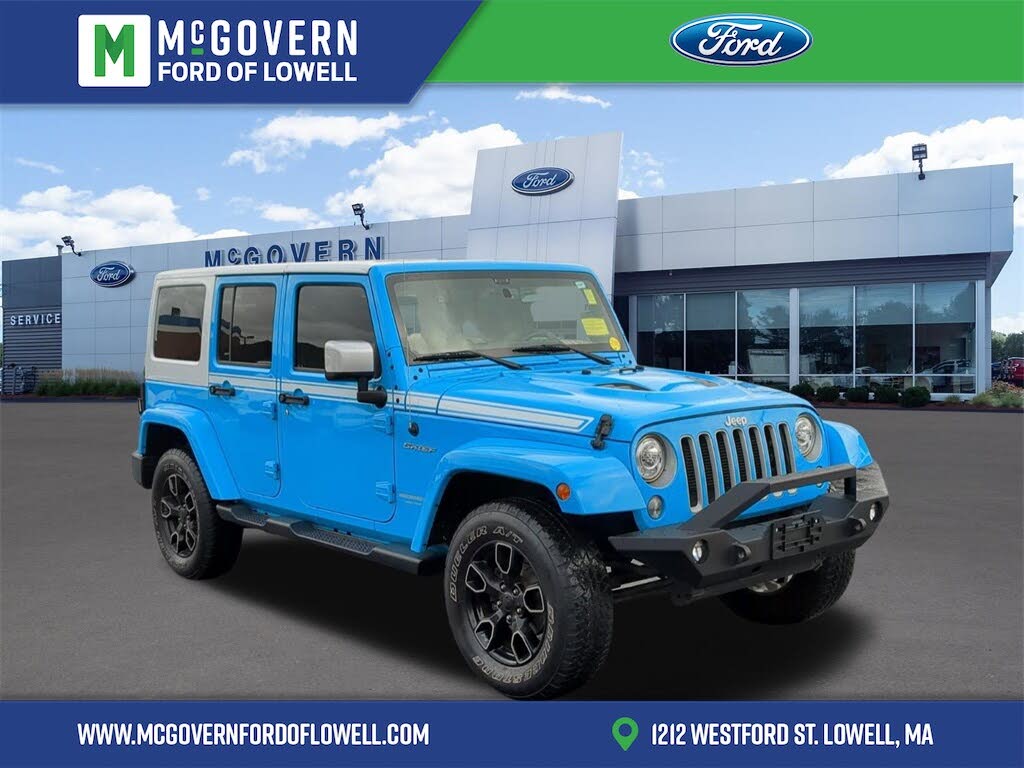

The Iconic Used Jeep Wrangler: Adventure on Four Wheels
The Jeep Wrangler stands alone as a symbol of adventure, freedom, and unparalleled off-road prowess. It’s more than just a vehicle; it’s an experience, known for its distinctive look, removable parts, and a passionate community of owners.
Key Information and Benefits:
- Legendary Off-Road Capability: The Wrangler is engineered for the trails. With solid axles, high ground clearance, excellent approach/departure angles, and robust 4×4 systems (especially Rubicon models), it can conquer terrain that would leave most other vehicles stranded.
- Open-Air Experience: The ability to remove the doors, fold down the windshield, and take off the roof (soft top, hardtop, or power top) offers an immersive open-air driving experience unmatched by any other mainstream vehicle.
- Strong Resale Value: Wranglers consistently hold their value exceptionally well due to their iconic status, unique capabilities, and high demand.
- Unrivaled Customization: The aftermarket for Jeep Wranglers is enormous. Owners can customize everything from suspension and tires to bumpers, winches, and interior accessories, tailoring the vehicle to their exact adventuring needs.
- Community and Culture: Owning a Wrangler connects you to a vibrant, global community of enthusiasts. "Jeep waves" and organized off-roading events are common, fostering a strong sense of camaraderie.
Important Considerations:
- On-Road Comfort: While newer generations (JL) have improved, Wranglers are still primarily designed for off-road performance. This can mean a less refined on-road ride, more wind noise, and less precise handling compared to a traditional SUV or car.
- Cargo Space: Especially in the two-door models, cargo space is limited. Even the four-door Wrangler Unlimited, while better, won’t match a truck bed or larger SUV for bulk cargo.
- Security: With removable doors and tops, security can be a concern, requiring careful consideration of where and how you park your vehicle.
- Fuel Economy: Depending on the engine and modifications (especially large tires and lift kits), fuel economy can be modest.
Head-to-Head Comparison: Truck vs. Wrangler
The choice often boils down to a fundamental question: do you prioritize raw utility and hauling power, or uncompromised off-road adventure and the open-air lifestyle?
- Towing and Hauling: Trucks unequivocally win here. Their robust frames, powerful engines, and dedicated beds are designed for heavy loads. While Wranglers can tow, their capacity is significantly less.
- Off-Road Capability (Stock): The Wrangler often has the edge for extreme rock crawling and technical trails due to its shorter wheelbase (2-door), better articulation, and purpose-built off-road systems. However, modern 4×4 trucks (especially off-road trims like the F-150 Raptor, Ram Rebel, or Tacoma TRD Pro) are incredibly capable in their own right, particularly for high-speed desert running or moderate trails.
- Daily Driving Comfort: Most trucks offer a more comfortable, car-like ride for daily commutes and long highway trips, particularly full-size models with independent front suspension. Wranglers, while improved, can still feel more rugged and less refined on pavement.
- Cargo Space: Trucks provide superior volume for large, bulky items with their open beds. Wranglers offer enclosed, secure storage but with much less overall capacity.
- Fuel Economy: This varies greatly by model, engine, and modifications for both. Generally, smaller mid-size trucks might rival a Wrangler, but full-size trucks often consume more fuel.
- Customization: Both are highly customizable, but for different primary purposes. Wranglers lead in off-road adventure modifications, while trucks excel in utility, performance, and heavy-duty work customizations.
- Resale Value: Both categories tend to hold their value well, but Jeep Wranglers often lead the pack in retaining a high percentage of their original price, making them a sound investment from that perspective.
Important Considerations When Buying Used
Regardless of whether you choose a truck or a Wrangler, the used car buying process requires diligence.
- Set a Realistic Budget: Beyond the purchase price, factor in insurance, registration, potential maintenance, and fuel costs.
- Pre-Purchase Inspection (PPI): This is non-negotiable. Have a trusted independent mechanic thoroughly inspect the vehicle before purchase. They can identify hidden issues, past damage, or impending repairs that might not be obvious to the untrained eye. This is especially crucial for Wranglers, which may have been heavily used off-road, or trucks that might have towed beyond their limits.
- Vehicle History Report: Obtain a CarFax or AutoCheck report. This provides vital information on accidents, service history, odometer discrepancies, flood damage, and title issues (salvage, rebuilt, etc.).
- Assess Your Purpose: Be honest about how you’ll use the vehicle. Is it for daily commuting, heavy work, weekend adventures, or a mix? Your primary use case should heavily influence your choice.
- Test Drive Thoroughly: Drive on various road types – city streets, highways, and if possible, some uneven terrain. Listen for strange noises, check all electronics, HVAC, and assess the vehicle’s handling and braking.
- Check for Modifications: Be wary of excessive or poorly installed aftermarket modifications, especially lift kits on Wranglers or performance tunes on trucks. While some mods are fine, others can indicate hard use or compromise reliability and safety.
Tips for Finding the Best Deal
- Where to Look:
- Franchise Dealerships: Often offer certified pre-owned (CPO) options with warranties, but typically at a higher price.
- Independent Used Car Lots: Wider variety, but quality can vary. Research their reputation.
- Private Sellers: Often the best prices, but require more due diligence on your part (PPI, history report, title check).
- Online Marketplaces: AutoTrader, Cars.com, Facebook Marketplace, Craigslist. Be cautious of scams.
- Research Market Value: Use online tools like Kelley Blue Book (KBB), Edmunds, and NADAguides to understand the fair market value of the specific year, make, model, and trim you’re interested in.
- Negotiation Strategies: Be prepared to negotiate. Point out any flaws found during the inspection. Don’t be afraid to walk away if the deal doesn’t feel right.
- Financing: Get pre-approved for a loan from your bank or credit union before visiting dealerships. This gives you leverage and a clear understanding of your budget.
Common Pitfalls and How to Avoid Them
- Buying "As-Is" Without Inspection: This is a major risk. Always get a PPI.
- Ignoring Warning Lights: A check engine light or other warning can indicate costly problems.
- Not Checking for Flood/Salvage Titles: These vehicles can have long-term electrical and mechanical issues. A history report is essential.
- Overlooking Maintenance History: A well-documented service history indicates a cared-for vehicle.
- Falling for High-Pressure Sales Tactics: Take your time. Don’t feel rushed into a decision.
Estimated Price Ranges for Used Trucks and Jeep Wranglers
Please note: These prices are highly estimated and can vary wildly based on condition, mileage, specific trim level, modifications, regional demand, and current market conditions. This table provides a general range for common models and popular year ranges. Always do your own research for current market values.
| Vehicle Type/Model | Typical Year Range | Estimated Price Range (USD) | Key Considerations |
|---|---|---|---|
| Mid-Size Used Trucks | |||
| Toyota Tacoma (3rd Gen) | 2016-2022 | $25,000 – $45,000+ | Known for reliability, strong resale; TRD Off-Road/Pro trims are pricier. |
| Chevrolet Colorado/GMC Canyon | 2015-2022 | $18,000 – $38,000 | Good balance of size/capability; Diesel option available. |
| Ford Ranger | 2019-2022 | $20,000 – $35,000 | Modern option, good for daily driving. |
| Full-Size Used Trucks | |||
| Ford F-150 (13th/14th Gen) | 2015-2022 | $20,000 – $55,000+ | America’s best-seller, huge variety of engines/trims; Raptor trims much higher. |
| Ram 1500 (5th Gen) | 2019-2022 | $25,000 – $50,000+ | Known for comfortable ride, luxurious interiors; Rebel/Limited trims are pricier. |
| Chevy Silverado 1500 | 2014-2022 | $18,000 – $48,000+ | Reliable workhorse, diverse engine options. |
| Used Jeep Wrangler | |||
| Jeep Wrangler JK (2-Door/4-Door) | 2007-2017 | $15,000 – $30,000 | Popular generation, solid off-road; check for rust, common issues. |
| Jeep Wrangler JL (2-Door/4-Door) | 2018-2022 | $28,000 – $55,000+ | More refined, modern tech; Rubicon trims significantly higher. |
| Heavy-Duty Used Trucks | |||
| Ford F-250/350 (Super Duty) | 2011-2020 | $30,000 – $60,000+ | Ideal for heavy towing/hauling; Diesel engines add significant cost. |
| Ram 2500/3500 | 2010-2020 | $28,000 – $58,000+ | Strong towing, comfortable interiors; Cummins diesel is highly sought after. |
Frequently Asked Questions (FAQ)
Q1: Which has better resale value, a used truck or a used Wrangler?
A1: Both categories generally hold their value well, but Jeep Wranglers, especially the Rubicon trims, often have some of the highest resale values in the automotive market due to their unique appeal and high demand.
Q2: Can a Jeep Wrangler be a good daily driver?
A2: Yes, but it depends on your expectations. Newer Wrangler JL models are significantly more comfortable and refined for daily driving than older generations. However, they still have more road noise, less refined handling, and less cargo space than many traditional SUVs or trucks. It’s a trade-off for their off-road capability and open-air experience.
Q3: What’s the most reliable used truck?
A3: Toyota Tacoma and Tundra consistently rank high in reliability studies. Ford F-Series and Ram/Chevy trucks also offer strong reliability, especially with proper maintenance. Reliability can vary significantly by specific engine and transmission combinations within a model line.
Q4: How important is a pre-purchase inspection (PPI)?
A4: Extremely important. A PPI by an independent mechanic can uncover hidden problems, past accident damage, or neglected maintenance that could save you thousands of dollars in future repairs and give you peace of mind.
Q5: What mileage is too high for a used truck/Wrangler?
A5: There’s no single "too high" mileage. A well-maintained vehicle with 150,000 miles can be a better buy than one with 80,000 miles that was neglected. For most trucks and Wranglers, 100,000-150,000 miles is often when major maintenance items (like timing belts, suspension components) might be due, but many models can easily last 200,000+ miles with good care. Focus more on maintenance history and condition than just the odometer reading.
Q6: Are lifted vehicles a red flag?
A6: Not necessarily, but they warrant extra scrutiny. A professional, well-installed lift kit is usually fine. A poorly installed lift, or one that’s excessively high, can indicate a vehicle that has been abused off-road or has compromised suspension geometry, leading to premature wear and safety issues. Always have a lifted vehicle inspected carefully, paying attention to suspension components, steering, and driveshafts.
Concluding Summary
The decision between a used truck and a used Jeep Wrangler ultimately hinges on your specific needs, lifestyle, and priorities. If your primary requirement is practical utility, towing, hauling, and a comfortable ride for daily driving and work, a used truck is likely your best bet. The market offers a vast array of sizes and capabilities to match any task.
However, if your heart yearns for unparalleled off-road adventure, an iconic open-air driving experience, and a vehicle that truly embodies a lifestyle, the used Jeep Wrangler is in a league of its own. Its unique capabilities and strong community make it an incredibly compelling choice for the adventurous soul.
Regardless of your choice, remember that diligent research, a thorough pre-purchase inspection, and a clear understanding of your budget are paramount. By following the advice in this guide, you can confidently navigate the used vehicle market and drive away with a pre-owned truck or Jeep Wrangler that perfectly fits your aspirations and serves you reliably for years to come.
